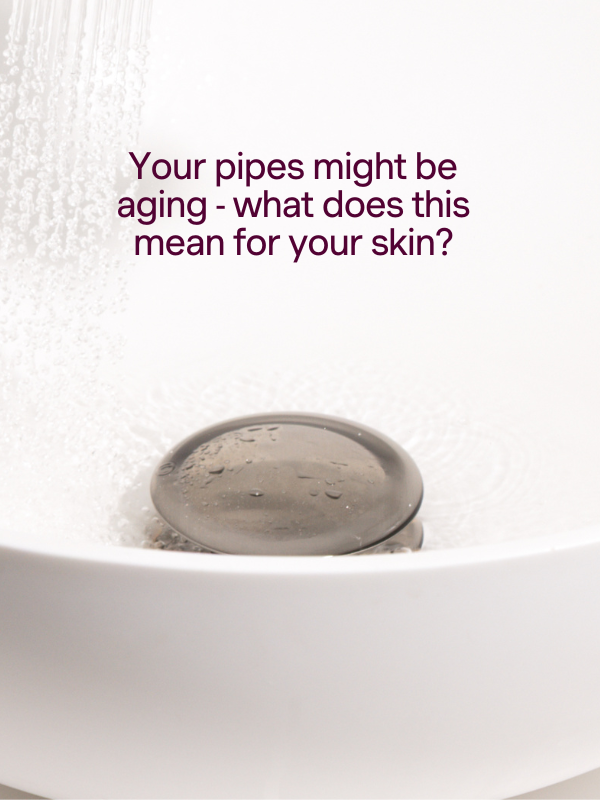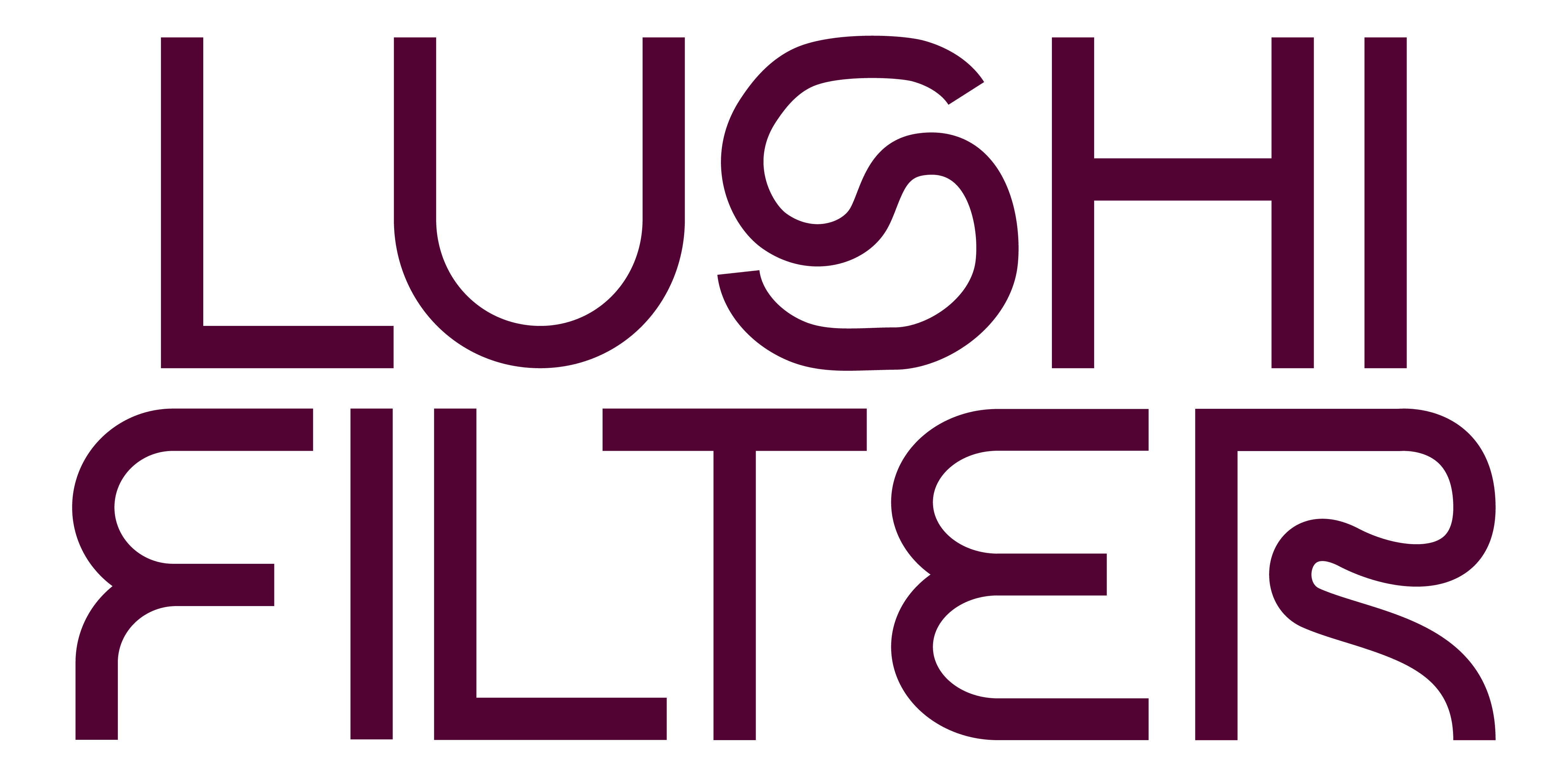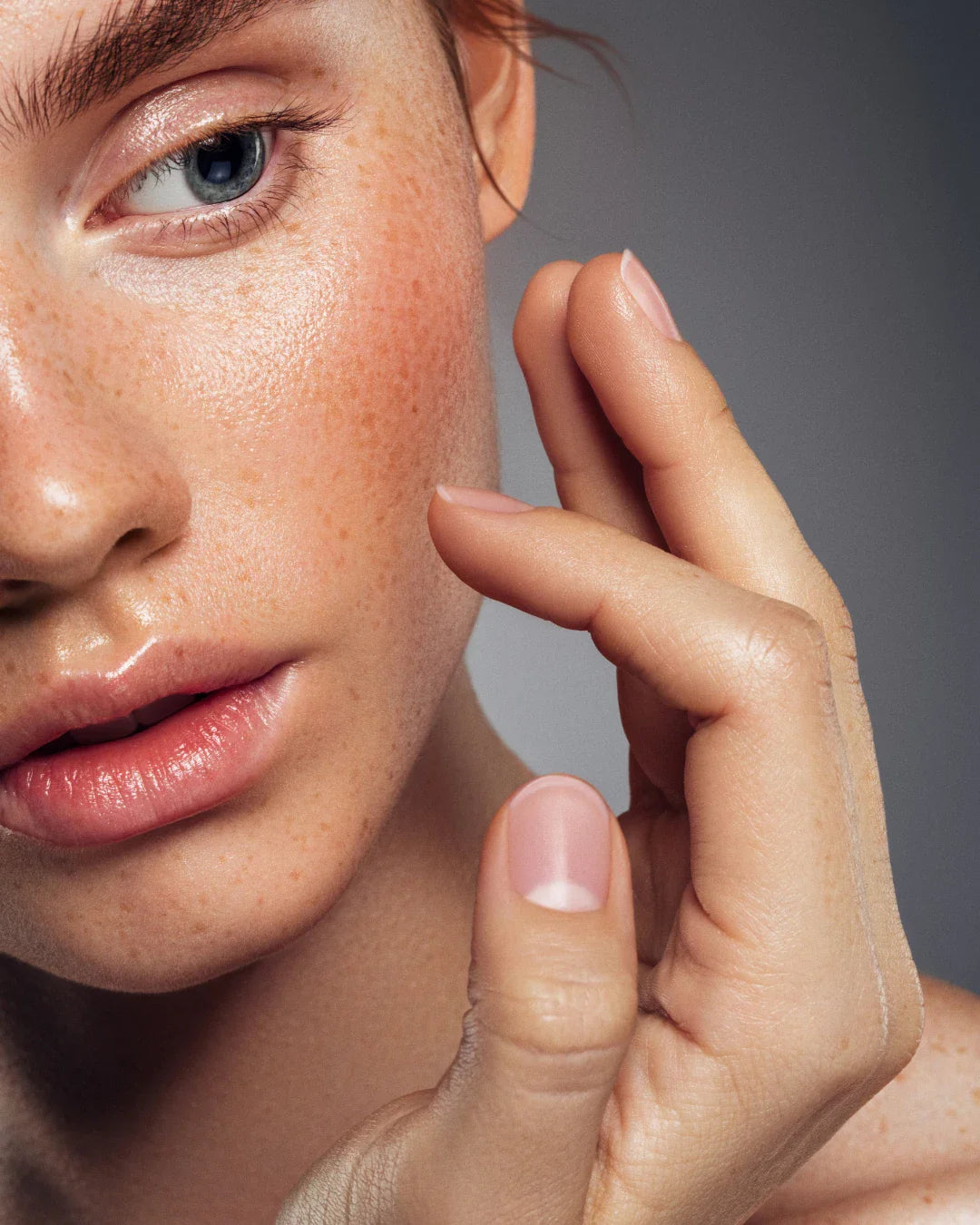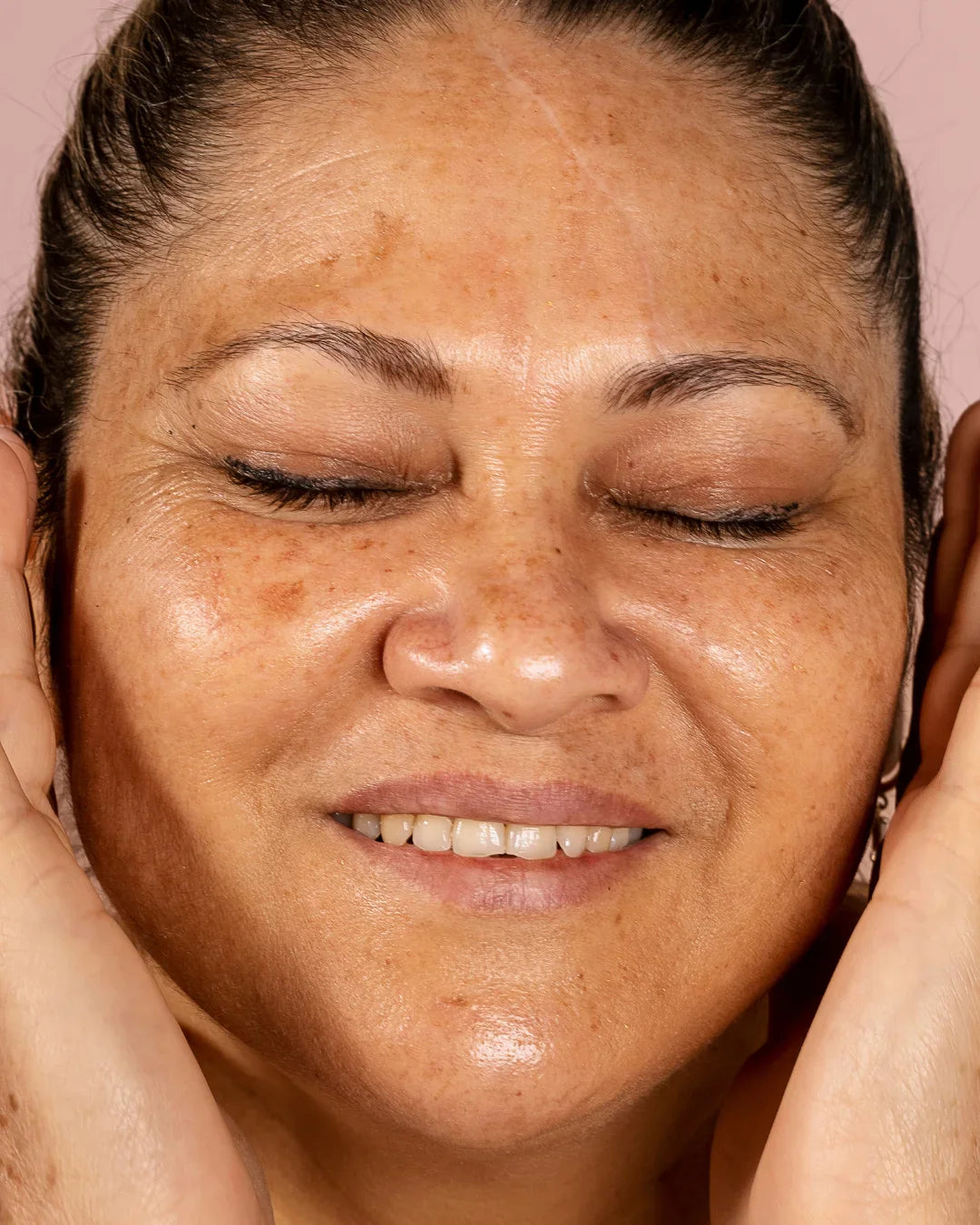
Your Pipes Could Be Aging You. How Rust affects your tap water.
Ever turned on the tap and noticed a slight brownish or reddish tinge in your water? That’s not a new “mineral-infused” trend — that’s rust.
What is rust in tap water?
Rust forms when iron pipes corrode over time. Even if your home has newer plumbing, older pipes in your street or building can still release rust particles into your water.
Why rust happens
Pipes don’t last forever, and as they age, they can break down and release iron oxide (rust) into the water supply. Common triggers include:
-
Changes in water pressure – sudden surges can dislodge rust.
-
Nearby construction – vibrations can shake loose particles.
-
Water main maintenance – work on the pipes can stir up sediment and rust.
Why it’s a skin issue
Rust isn’t just unattractive — it can be harsh on your skin.
-
Acts like micro-abrasives, leaving skin rough or irritated.
-
Worsens sensitivity, triggering redness and dryness.
-
Can aggravate existing conditions like eczema, dermatitis, or acne.
Is it harmful?
In small amounts, rust isn’t considered dangerous to drink. But for your skin, it’s a different story:
-
Physical irritation can damage your skin barrier.
-
Rust particles can provide a surface for bacteria growth.
-
Over time, repeated exposure can lead to ongoing skin flare-ups
Why Lushi cares
You could spend hundreds on serums to fix dryness or texture — but if you’re still washing in rusty water, you’re not addressing the real cause.
The Lushi Filter helps remove rust particles, leaving you with water that’s cleaner, clearer, and much kinder to your skin.
Because your water should be nourishing, not abrasive.



Leave a comment
This site is protected by hCaptcha and the hCaptcha Privacy Policy and Terms of Service apply.